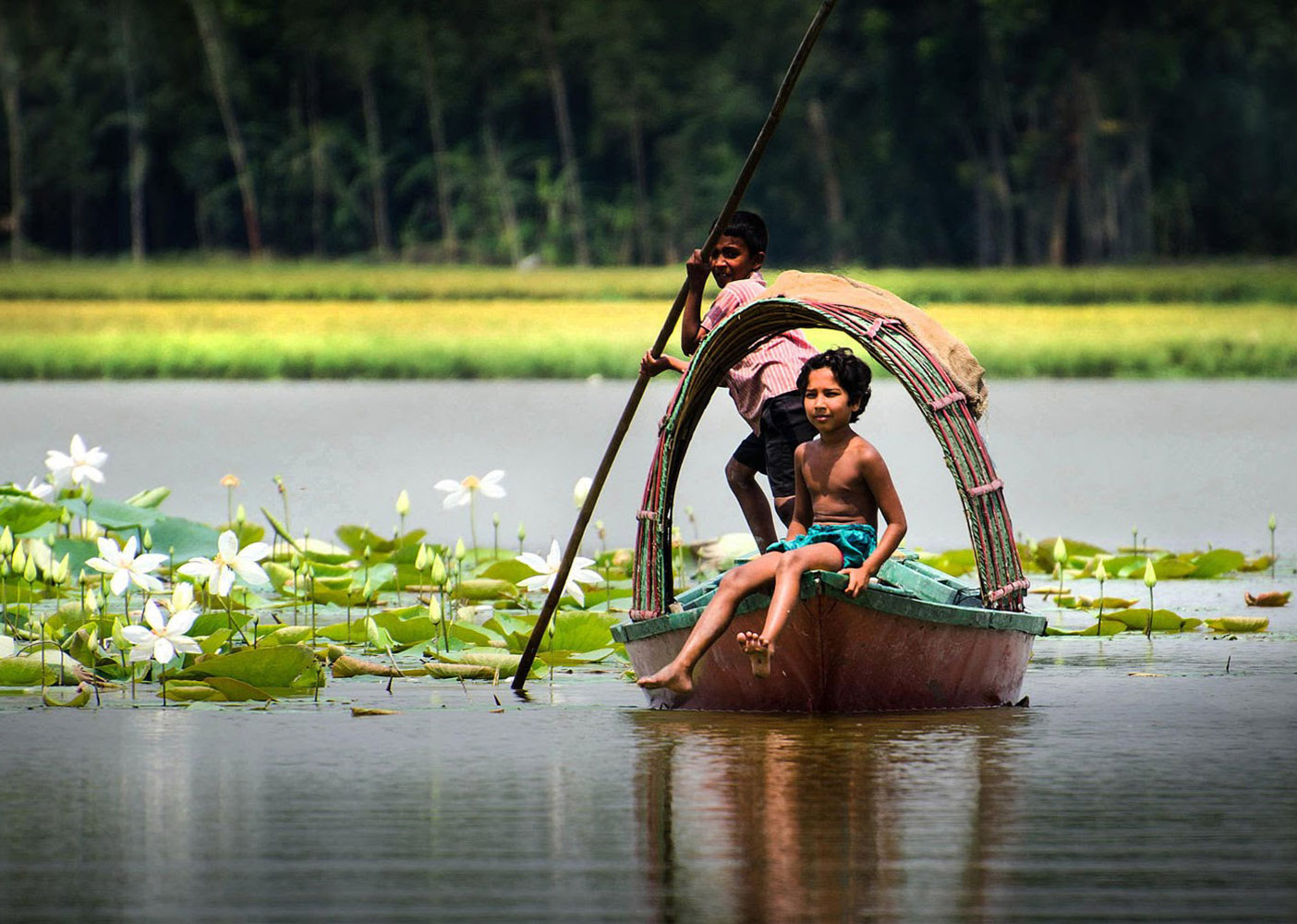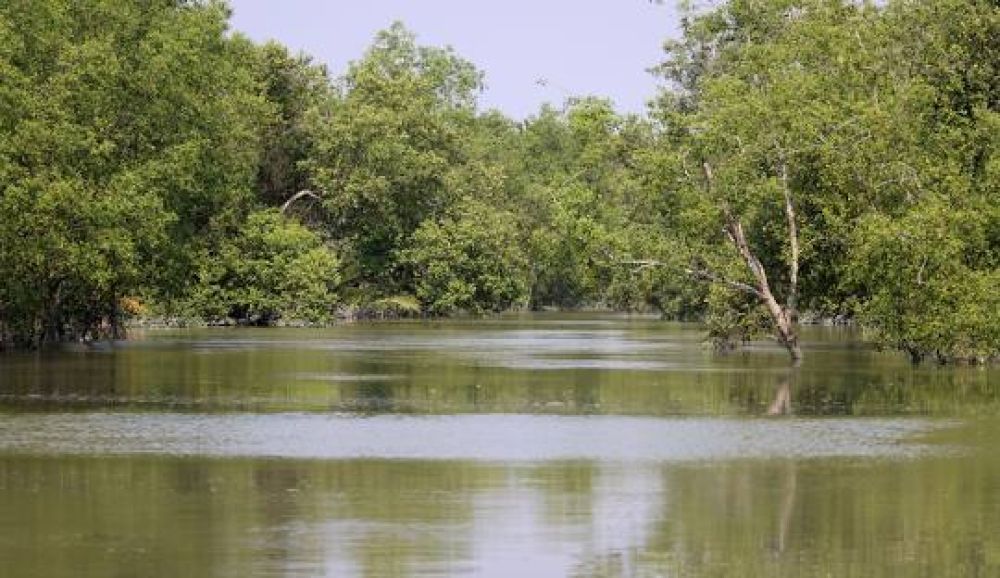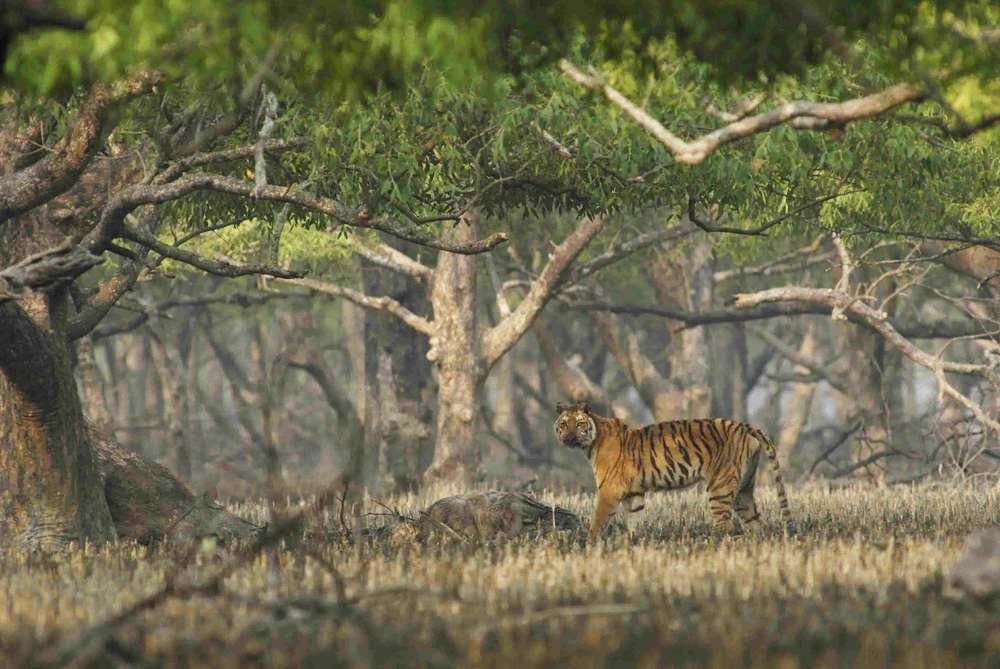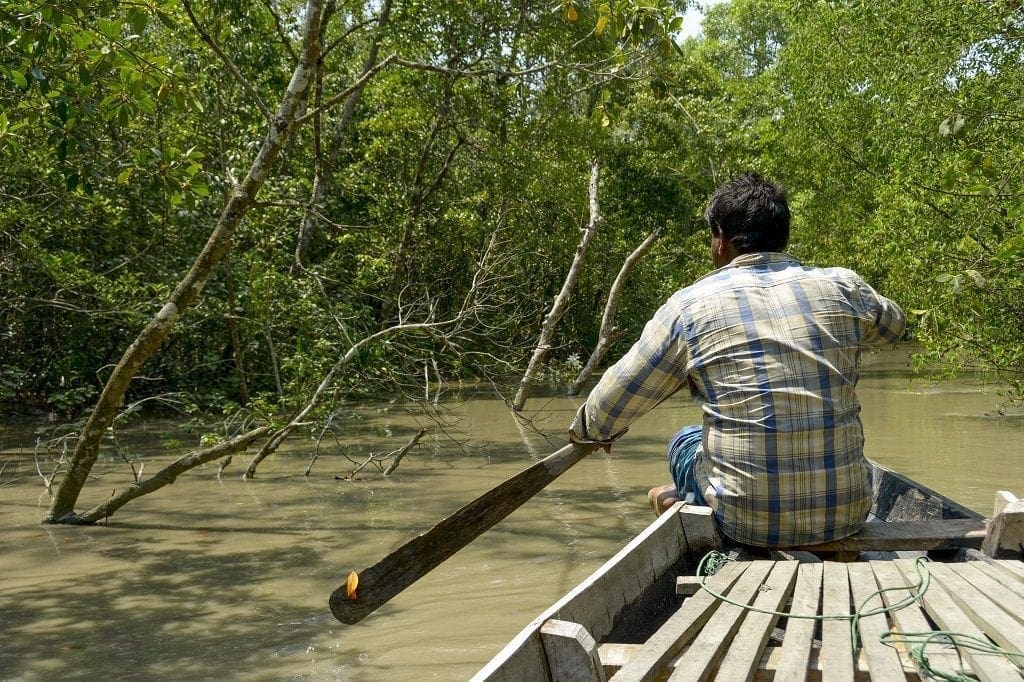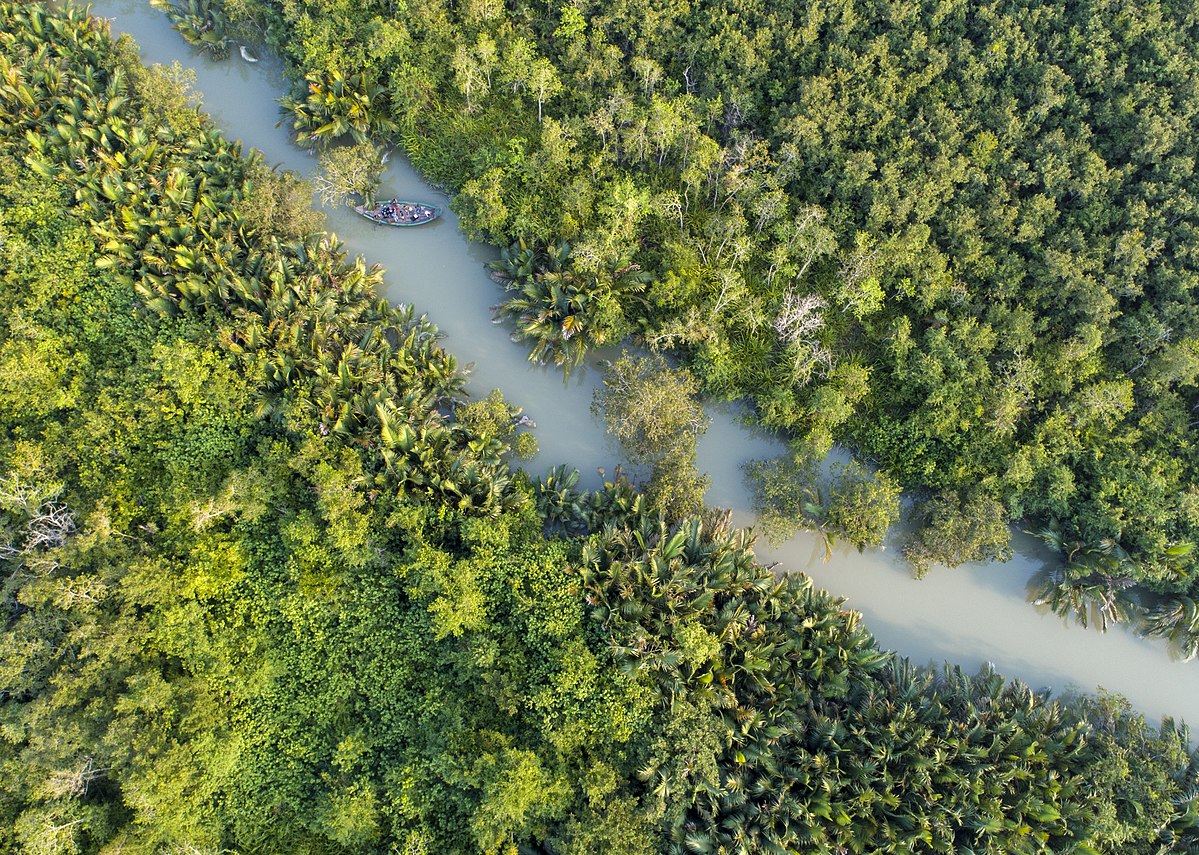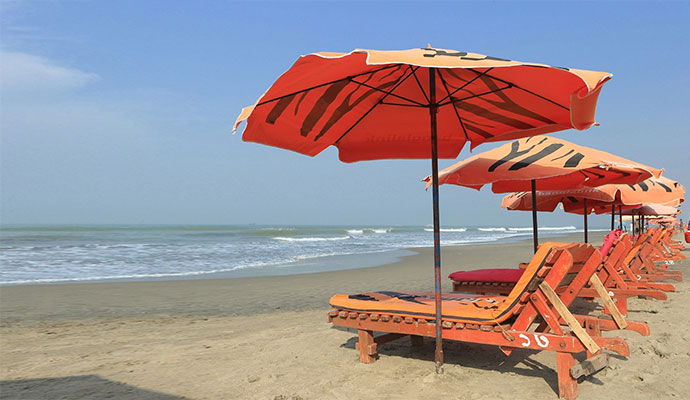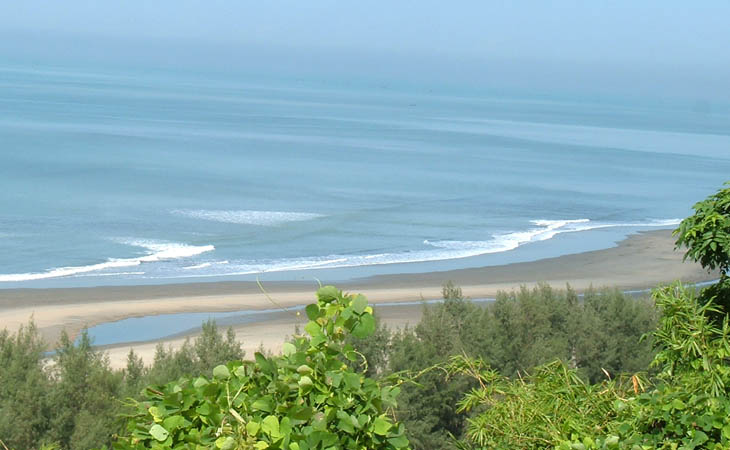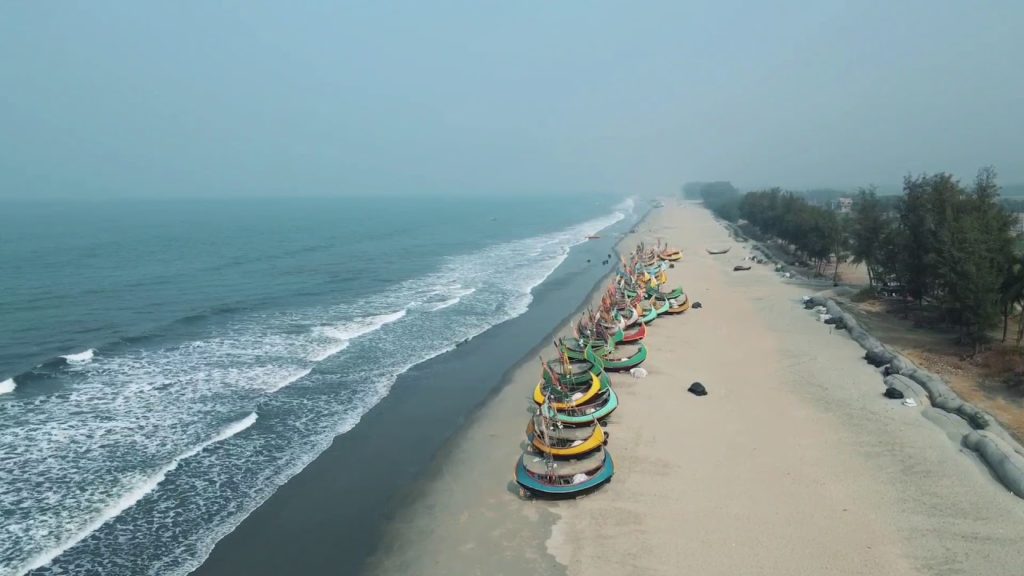Mother Country Of Rivers
Bangladesh, often called the "Mother Country of Rivers," is crisscrossed by over 700 rivers, shaping its geography, culture, and economy. The Ganges, Brahmaputra, and Meghna—three of the world's great rivers—converge here, creating one of the largest river deltas on Earth. These rivers bless the land with fertile soil, support agriculture, and serve as vital transportation routes. They are deeply woven into the daily lives, traditions, and history of the people. However, the rivers also bring challenges like floods and erosion. Despite this, they remain a source of life, inspiration, and identity for the resilient people of Bangladesh.
Sundarbans: The Largest Mangrove Forest of The Earth
The Sundarbans, the largest mangrove forest on Earth, spans southern Bangladesh and eastern India, covering approximately 10,000 square kilometers. This UNESCO World Heritage Site is a unique ecosystem where land and water blend to create a rich tapestry of biodiversity. The forest is home to the iconic Royal Bengal Tiger, estuarine crocodiles, Indian python, spotted deer, and countless species of birds and aquatic life. Mangrove trees like the Sundari, from which the forest gets its name, thrive in the saline, tidal waters, helping to stabilize the coastline and protect against erosion and storm surges.
The Sundarbans plays a crucial role in protecting millions of people from the devastating impacts of cyclones and tidal waves. It also supports the livelihoods of local communities through fishing, honey collection, and tourism. Despite its importance, the forest faces significant threats from climate change, rising sea levels, deforestation, and pollution. Conservation efforts are ongoing, but more global attention is needed to preserve this fragile and vital ecosystem. The Sundarbans is not just a forest; it is a natural shield, a biodiversity hotspot, and a living example of nature’s resilience, making its preservation essential for both environmental and human well-being.
The Largest Sea Beach In The World
Cox's Bazar, located in southeastern Bangladesh, is home to the longest natural sea beach in the world, stretching over 120 kilometers along the Bay of Bengal. Known for its gentle slope and golden sands, Cox's Bazar is a major tourist destination, drawing both local and international visitors with its breathtaking beauty and serene environment. The beach offers stunning views of sunrise and sunset, and its waves attract surfers and beach lovers year-round.
Besides its natural charm, Cox's Bazar is also a gateway to other scenic spots such as Himchari, Inani Beach, and the coral-rich Saint Martin's Island. The nearby fishing villages and bustling local markets offer a glimpse into the region’s vibrant culture and traditions. The area is also known for its hospitality industry, with numerous resorts and hotels catering to visitors.
Cox's Bazar plays a vital role in Bangladesh’s economy, particularly in tourism and fishing. However, the region faces challenges including environmental degradation, unplanned urbanization, and the impact of hosting a large number of Rohingya refugees. Despite these issues, Cox's Bazar remains a symbol of natural wonder and national pride, standing as a testament to Bangladesh’s rich coastal heritage and potential for sustainable tourism

